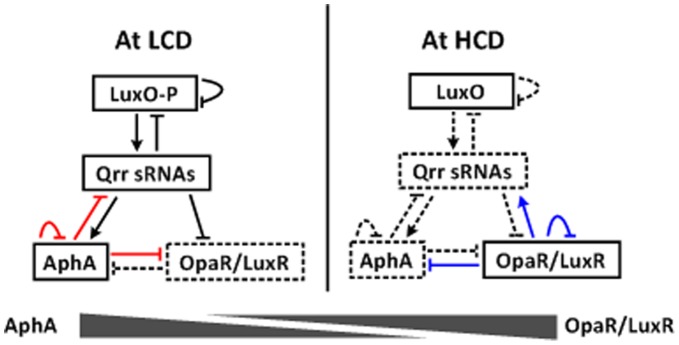Figure 1. Model for signal transduction of QS systems in V. harveyi/V. parahaemolyticus.
The details for signal transduction during QS have been described in text. At LCD, redundant Qrr sRNAs promote AphA translation and meanwhile inhibit LuxR translation. AphA further represses the transcription of luxR/opaR, qrr2-3, and its own gene. At HCD, the cessation of Qrr sRNA production leads to no production of AphA, and LuxR/OpaR translation occurs. LuxR/OpaR in turns represses the aphA transcription, and also feeds back to inhibit its own expression. Thus, AphA acts as a master regulator of QS behaviors at LCD, and in contrast, LuxR/OpaR is the major one operating at HCD; reciprocal gradients of AphA and LuxR/OpaR are established for controlling gene expression during transition between LCD and HCD. LuxR/OpaR is also able to activate the transcription of qrr2-4 genes, leading to rapid down-regulation of luxR/opaR [47]. It should be noted that this LuxR-qrr feedback dramatically accelerates the transition HCD to LCD, but it has no effect on QS behaviors at steady-state LCD or HCD [47].The dotted lines indicated the inhibited expression of relevant regulators or the cease of relevant regulatory cascades. The blue and red lines show the regulatory cascades that were experimentally validated in V. parahaemolyticus in our previous [15] and present works, respectively.

